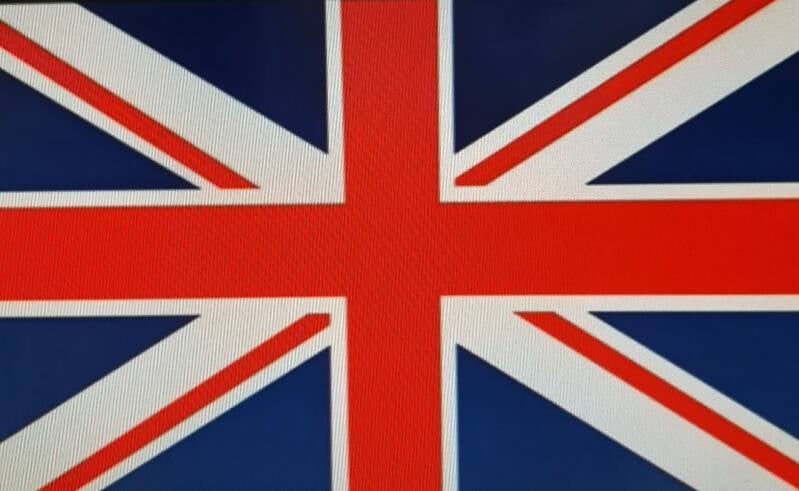

Watercolor techniques
The watercolor
A watercolor (from French aquarelle or Italian acquarello) "washed drawing" is a painting made with watercolor. Watercolor and watercolor paint are essentially the same. In the Netherlands the term 'watercolor' is used when it is cheap paint and 'watercolor paint' is the better quality.
Watercolor paint also sounds a bit more 'fancy' than 'watercolor'.
Watercolor paint consists of color pigments that are mixed with sometimes several different binders. Gum arabic is often used because it is water soluble and is itself almost transparent.
Watercolors are used in their pure form and they unfold on the surface with a special luminosity that is characteristic of watercolor painting.
There is no white color when painting watercolors. The white is almost always the paper left unpainted. This requires some practice because a spot that should remain white is quickly painted away. The English watercolorists often use opaque white (gouache) to indicate white accents. Unfortunately, this gives matte white spots on the watercolour.
It is also very effective to use pastels in combination with watercolor. Make the watercolor first and then work with pastel over it. This generally works well. My works from Nepal lend themselves well to this. A chaos of lines and colors.
The paper
When using thin paper, it quickly waves and this causes the water + paint to run into the lower parts and after drying it gives large ugly stains. Sometimes blocks (paper glued to the sides) are a solution, but here too, waves often form in the paper after some time.
The best is heavy paper of at least 300g/m2 and even then this weight of paper can get a little wavy if you use a lot of water.
Sometimes it is better to stretch paper on a wooden plate (minimum 8 mm). Wet the paper well on both sides with a sponge and then secure the edges with watercolor tape on the plate. Then let it dry well (possibly press the sides with different objects (I often use spray cans or sealant guns). After drying, the paper is pulled taut. Sometimes the plate is still a bit crooked.
I use Saunders Waterford 300g/m2 or Bockingford brand watercolor paper. This paper comes from England and has a strong surface. It's 100% cotton. When using this paper and a lot of water, you will not easily get the cauliflower effect. Cotton absorbs quite a lot and you have some time for corrections.
Cellulose paper (for example, the Canson brand) based on wood has a less absorbent effect and the paint, as it were, stays on the surface. But this type of paper is partially washable which sometimes has its advantages.
Combinations of cotton and cellulose can be good to work with. So everyone can choose which paper works best for them.
The brushes
The variety in these is enormous.
For still lifes I use sable hair brushes because you have to work in great detail.
For landscapes I often use brushes of the brand Raphael (number 0 to 8) and sometimes also the flat Heke brush (goat hair) with a width of at least 5 cm.
An additional advantage of watercolor painting is that brushes are easy to clean with water, but never leave them in water!